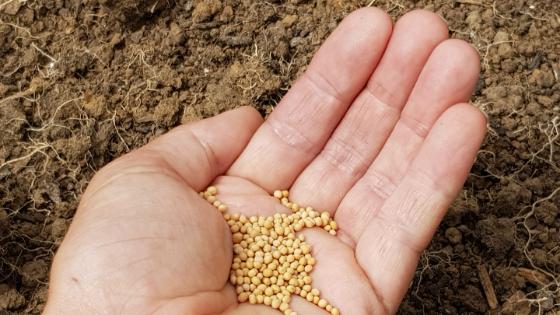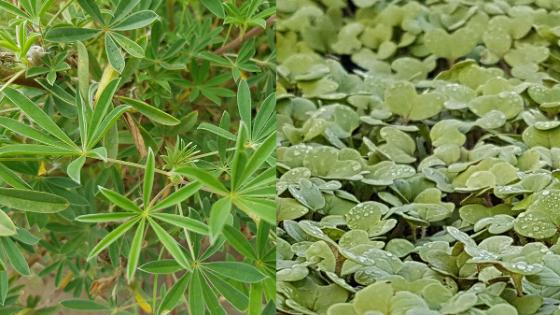From Sarah’s garden to yours
As the season draws slowly to a close, one by one crops are harvested and eaten or production slows to such a point that the once prolific harvest dwindles to slim pickings. There is no fighting it, the summer garden is past its best.
For many this is a time to pack up the garden, put away the tools and not give it another thought until the following spring rolls around. Others, overwhelmed with the glut of the season and unable to cope with even one more zucchini are more inclined to just walk away, leaving the garden as it is, only to find a jungle to deal with before anything can be done in the spring. But either way, the garden is no longer a priority and gardening is no longer the favoured hobby of the moment.
However, for many gardeners, bitten by the gardening bug, this situation is not ok. They have enjoyed getting stuck in and getting their hands dirty over the last few months and have enjoyed the fruits of their labour and don’t want it to end. They are keen gardeners and are prepared to garden whatever the weather.
The good news is, for those willing to continue, there is gardening that can be done and depending on the level of commitment there is something for everyone. The first thing that should happen is as crops finished, it is prudent to clear away the spent crops, so they don’t harbour pests and disease over the winter months, allowing them to rise up in the warmer spring weather, just as tender young seedlings are making an appearance. Some plants can be composted, but if they are infested, burning or sending away in the rubbish is best.
With a clean and clear garden, the beds can be replanted. There are many crops that can grow over the cool season, and while not as many as in a summer garden, the variety is enough to add a crunch and a freshness to the comforting winter diet. Succession sowing across autumn, while it is still warm enough, will ensure a more continuous supply rather than having everything ready at once. Taking care of crops over these cold months is just enough to keep the green thumb exercised but not overwhelmed.
As the range of cool season crops isn’t extensive as the summer, even with planting out crops, there will still be bare spaces. Or if you choose not to grow for a harvest over the winter you are left with the problem of empty beds. Nature doesn’t like bare soil and will do its best to colonise it with every weed and unwanted seedling from around the neighbourhood. And if left until the spring can become a nightmare to deal with.

The best solution to this is to plant cover crops. Not only does it fill the beds so weeds have no where to go, it can provide a verdant green vista, something pleasant to look out on when viewing the garden, which is far nicer than a worry inducing weedy patch.
But there are more benefits. Leaving the soil bare over the winter can allow nutrients to be leached from the soil with every rainfall. The rain can also compact the soil, harming the soil structure. Having a cover crop in the garden can draw up the nutrients that would otherwise be lost and ‘bank’ them over the winter, to be released back into the soil once dug in, protecting them from being lost. The soil structure is also kept open and light as the roots hold it all together.
If that wasn’t enough benefit to the garden, the types of cover crops can also be advantageous. Using a legume crop like lupin, lucerne, field beans or clover, you can take advantage of the nitrogen fixing properties from the nodules on the roots of these plants. This is a good cover crop to follow after a hungry gross feeder crop like sweetcorn.
Mustard plants are said to have a cleansing property and can be advantageous after a summer crop that struggled with disease. Having said that, it is important to note that mustard is a brassica and to avoid the risk of club root disease building up in the soil it is best to avoid using it if the previous crop or the next one to be planted is a brassica. Grains can also make great cover crops, and when dug into the season can improve soil structure. There are many other plants that can be used as cover crop, so long as they can cope with the harsh conditions winter throws at them.
The key to getting the most out of the cover crops is to sow them while the soil is still warm enough to get them off to a good start.

The time to dig them into the soil is just before they flower, so the stems are still tender and will break down easily. There is a danger of the cover crop becoming a weed in itself if left long enough to set seed before digging in. The other time to dig them in, is 6 – 8 weeks before the bed is required for the new season crop in the spring, even if it is a long way from almost flowering. This allows enough time for the plant material to become well-rotted and become incorporated into the structure of the soil, providing a healthy soil for the new season crops to get a good start.
Digging it all in can be a bit tricky, but by harvesting the plants, digging a trench and burying them in it, and repeat across the bed the process will be a lot more efficient.
It is always important to replace the nutrients removed from the garden with the previous crop and cover crops are a great way to do it. Making the garden work for you over the winter months is a win-win situation and ensures the garden will be in good shape and ready for the new season come spring.



